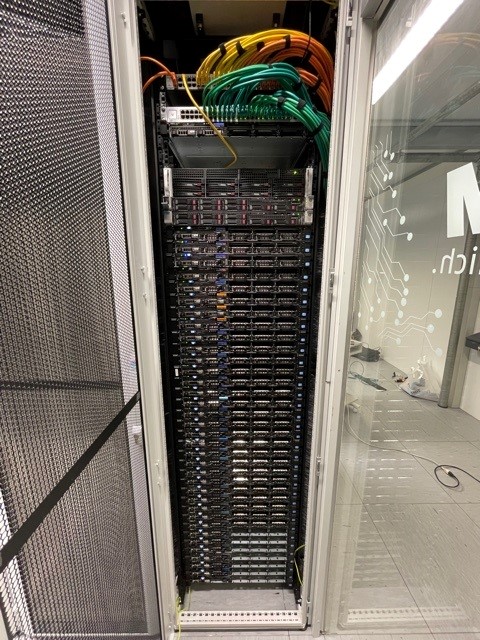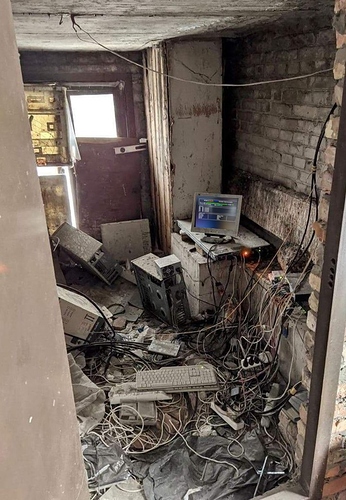Hi everyone,
After considering input from the discussion around boosters, we have a proposal for the first booster to bring live on the Grid. This booster is intended to promote the same aims as Gold Certified farming, and so it is called the “Silver Farming Booster”. Unlike Gold, this is not a new certification category, but rather something farmers can achieve simply through the measured performance of their nodes and network. It is also proposed as temporary, to be periodically reconsidered and adjusted or retired as appropriate.
The Silver booster is based around many of the same specifications required for Gold farmers. It aims to reward farmers who bring a higher level of service with their nodes, which comes with higher costs for hardware, network connectivity, and infrastructure needed to provide high uptime.
Farmers whose nodes meet these requirements would receive the same boost to farming rewards as Gold Certified farmers. Gold Certified farmers will still hold the benefit of having increased rewards for a period of five years, versus a limited time booster.
Before getting into the spec below, I’ll also note that other boosters are still under consideration, especially boosters for utilization.
Silver Farming Booster
Requirements (this is a draft, please comment in the replies):
- At least 2 SSDs
- Enough SSD capacity to support available CUs (else add more)
- At least 5 pub ip addresses per node (averaged out over farm)
- CPU performance of 1800-2000 Passmark score per thread minimum (*) (**)
- MEM enough bandwidth to the CPU (DDR3 or higher) (*) (**)
- Adequate network performance, 50-100mb/s symmetric per node (*)
- 99.8% min required uptime over last 30 days (*)
- 98% min required uptime over last 60 days (*)
- 98% min required uptime over last 90 days (*)
- Support for working TPM 2.0 module and accessible in our ZOS operating system (*)
- Electronic signing of terms and conditions service provider contract.
(*) as proven by TFGrid Audit Tool (TFGAT), node needs to have run the TFGAT at least 30 days before it can be eligible for silver farming booster.
(**) team is working on specs and prototype code on how to measure performance of CPU and MEMORY and required specs in an optimal and fair way.
Rewards:
CU: +50%
SU: +125%
NU: +50%
IPv4: +0%
Start:
As soon as the Grid Audit tool is ready and required data can be collected (November/December 2022)
End:
Initial run for one quarter (3 months).




 . I’ll be honest I don’t particularly care how many different crypto projects nodes can be deployed on the grid or if I can keep earning once my nodes go to sleep and never reawaken because there’s no workloads to be had.
. I’ll be honest I don’t particularly care how many different crypto projects nodes can be deployed on the grid or if I can keep earning once my nodes go to sleep and never reawaken because there’s no workloads to be had.

 I haven’t had luck with that on mobile. You can also put the greater than sign
I haven’t had luck with that on mobile. You can also put the greater than sign